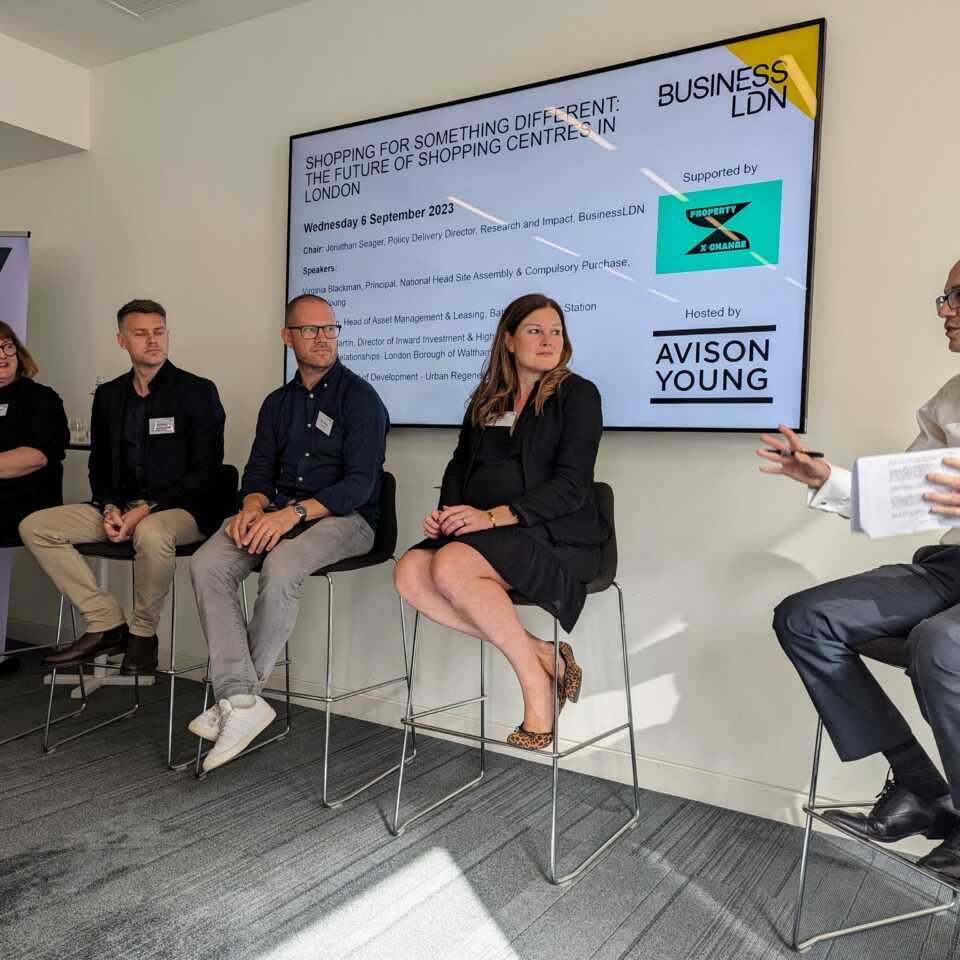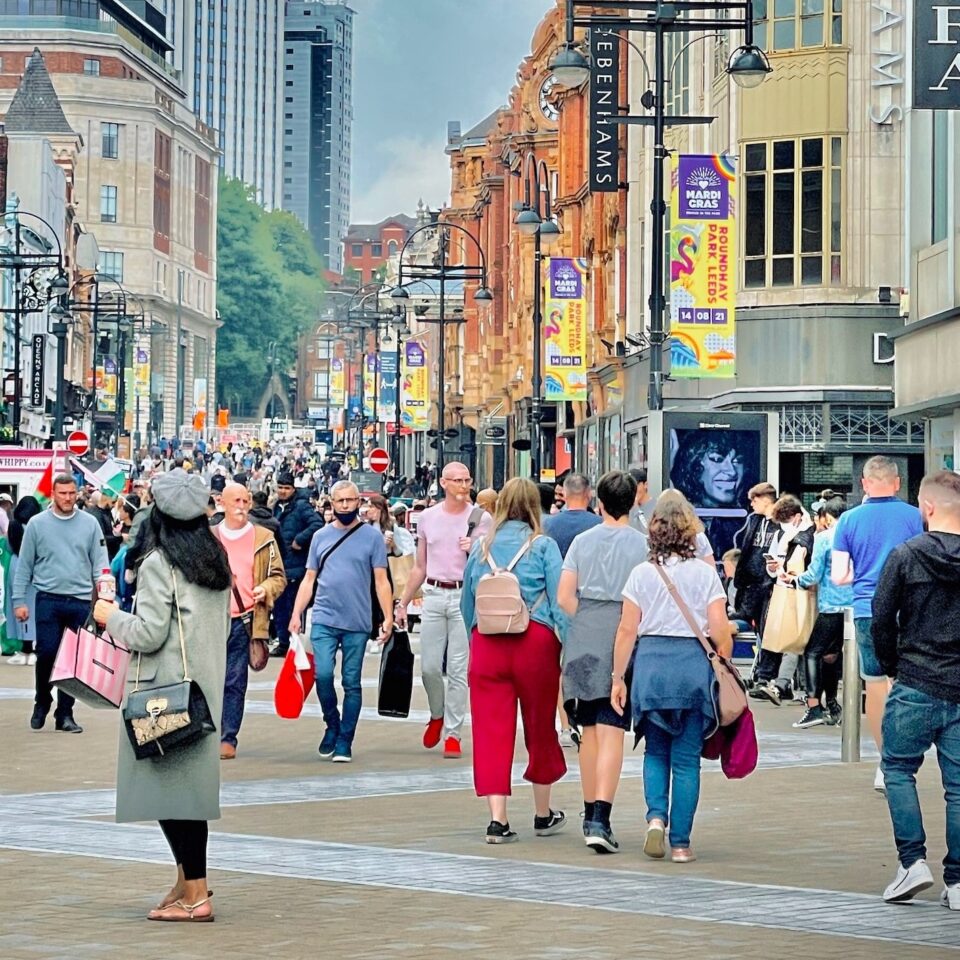
The 2023 ‘Festival of Place: Social Impact’ conference brought together public and private sector professionals, united by a desire to improve the ways we do placemaking. With input from experts and industry leaders, the discussion about how to achieve social impact boiled down to: What makes the biggest difference to the citizens of a given place?
Property X-Change was invited to attend the conference, which also saw one of our case studies presented by Michael Blake, Head of Social Investment at the Royal Borough of Kensington and Chelsea.
Here’s a short summary of what we learnt:
1. Social impact is about understanding the needs and wants of communities
Every place is subject to its own unique geography and identity, which shape individual experiences. Creating social impact requires a deep understanding of this local context, which may only be developed by engaging with communities. But how?
Flora Samuels from the Quality of Life Foundation presented an approach which uses a map-based system to gather citizen input. Another speaker spoke of gathering photographs from people depicting, for example, perceived safe and unsafe places within a neighbourhood.
The benefit of this kind of data is that it is both qualitative and place-specific, meaning that it can more effectively be used to direct change within a context for the biggest social impact. In addition to using digital tools, it is equally important to facilitate in-person conversations, for example by establishing “Urban Rooms” for ongoing public participation.
The idea is to work with people, not to do things to people.
Yẹmí Àlàdérun, Senior Development Manager for Meridian Water
2. Social impact is about value-add, not just value creation
Once community needs have been identified, social impact becomes a matter of prioritisation. Projects usually have a limited amount of capital to invest, so it is important to identify where that money could make the greatest relative difference.
Speaking on a panel, Michael Blake agreed that investments should be directed towards direct geographical area priorities. His Building Lives Academy programme is an inspirational project about using vacant property for social value. Partnering with Wilmott Dixon, the Academy functions to qualify people for a career in construction and logistics.
To ensure we have the most amount of impact, we need to be at the table with our partners and make sure that we are aligned… This allows us to question what we can do with assets that aren’t necessarily our own.
Michael Blake, Head of Social Investment at Royal Borough of Kensington & Chelsea
3. Holistic thinking improves the efficiency of social impact
It is essential that we don’t segregate needs and respond to them separately. It is more efficient to think holistically and provide conditions that address multiple issues for wider social impact.
Incredible Edible’s ‘Right to Grow’ campaign intends to be included in the Government’s Levelling Up Bill, giving people the right to grow food in suitable public sector land. The concept offers a sustainable, holistic solution to social and economic struggles, encouraging biophilia, social interaction, purpose and autonomy – all conditions which can work together to improve community wellbeing.
Campaigns like these understand that we can’t rely on set planning systems to make a successful, healthy place as every place is different; individual neighbourhoods have different assets which can positively influence overall social impact.
Joining the dots and breaking down the silos is an effective route to place-based thinking.
Andy Burnham, Mayor of Greater Manchester
All bark and no bite?
On a final note, the conference also called for a reality check within the industry. As developers and investors are increasingly using ESG (environment, social, and governance) reporting to position themselves in the market, risks of green-washing and social-washing arise. In order to achieve social impact, both the public and private sector have to embed ESG within their systems, so that these values become part of the process towards building better places, and not merely metrics to capture at the end.
If you are interested in social impact stories, you might also enjoy these PX exchanges:
Speakers
- Flora Samuel, Cambridge University
- Nicole Badstuber, AECOM
- Yẹmí Àlàdérun, Meridian Water
- Pete Gladwell, Legal & General
- Sarah Forster, The Good Economy
- Luke Cross, Social
- Lord Nigel Crisp, NHS
- Mayor Andy Burnham, Mayor of Greater Manchester
- Alun Francis OBE, Oldham College
- Michael Blake, Royal Borough of Kensington & Chelsea
- Mark Robinson, High Streets Task Force
- Frances Northrop, Platform Places
Links
- Festival of Place
- Quality of Life Foundation
- Meridian Water
- Levelling Up and Regeneration Bill
- Atom Valley
- Building Lives Academy
Edited by Tabbi Harvey-Crowe & Camilla Siggaard Andersen





